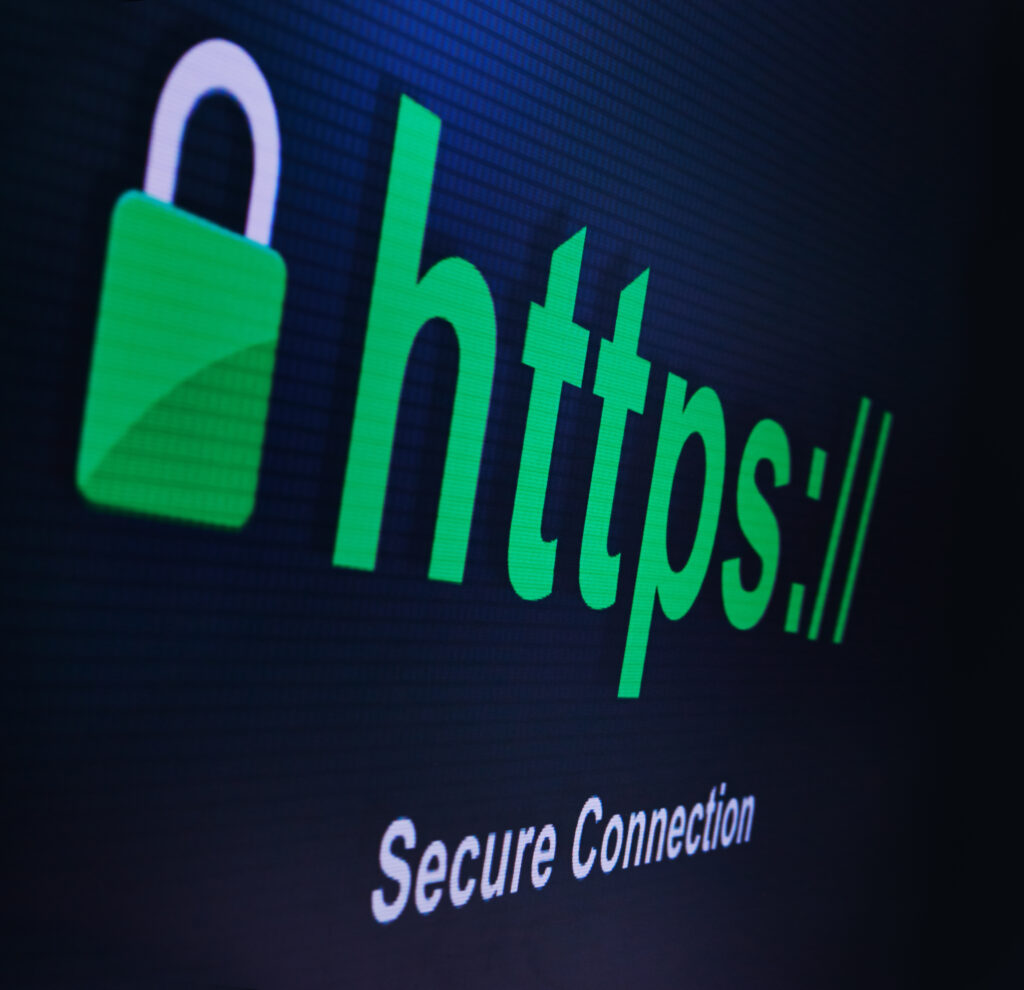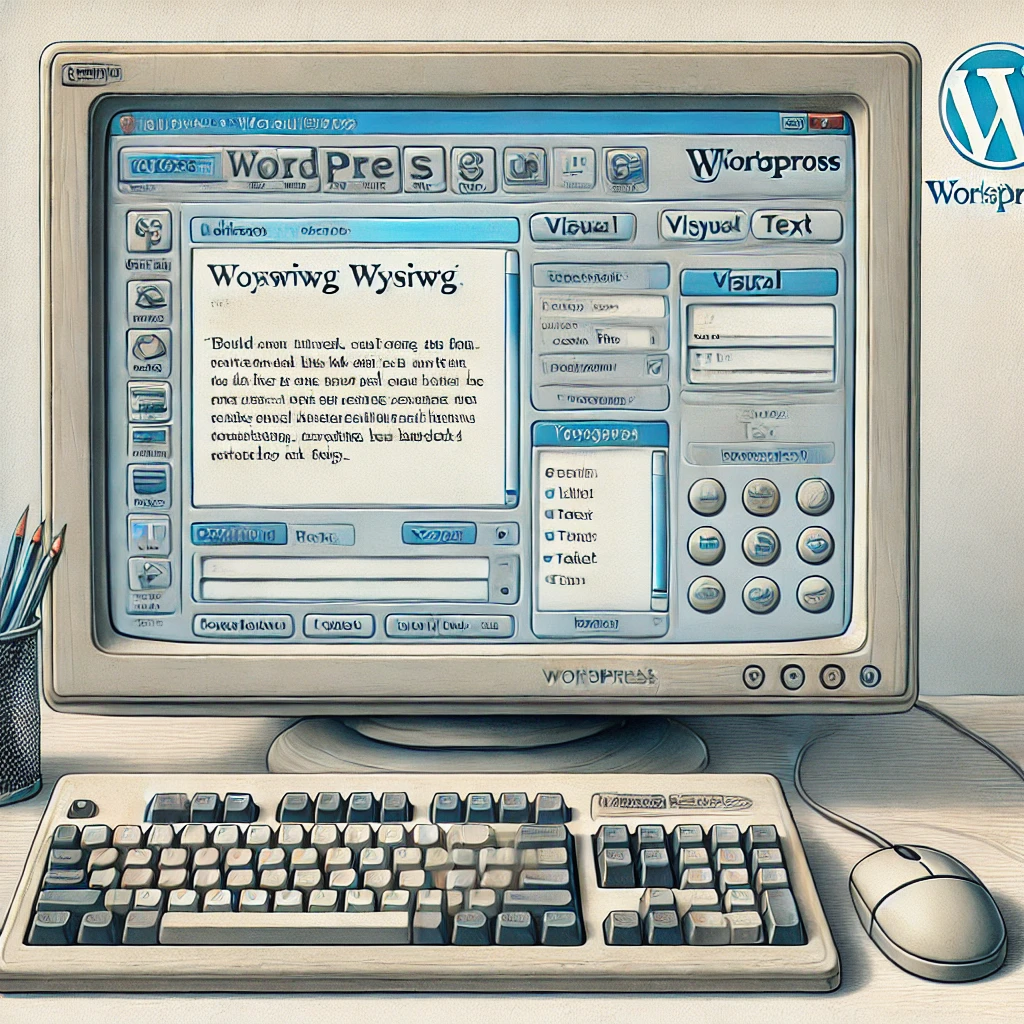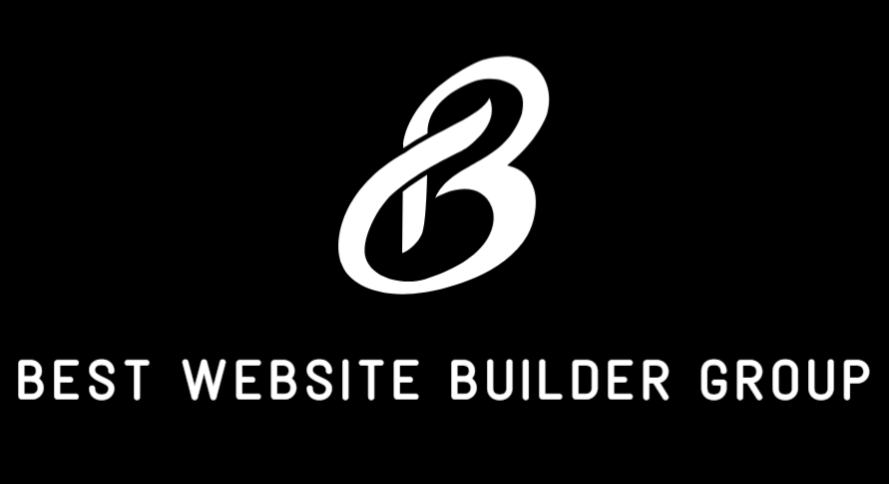Let’s be clear, you are probably looking into how to fix an ssl certificate between ionos and WordPress. A secure website is essential in today’s digital environment. Visitors expect to see the reassuring padlock icon in their browser’s address bar, while Google and other search engines penalize sites without proper HTTPS setup. If you’re hosting with Ionos and using WordPress as your content management system, you might encounter issues where your SSL certificate isn’t functioning correctly — resulting in “Not Secure” warnings, mixed content errors, or even access blocks.
Understanding how to fix an SSL certificate between Ionos and WordPress is crucial to resolving these problems quickly and permanently. This guide walks you through why the issues occur, what settings you need to adjust, and how to secure your website fully using SSL with Ionos and WordPress.

The Role of SSL in Website Security and SEO
SSL (Secure Sockets Layer) is a standard technology that encrypts the data transferred between your website and your visitors. It changes your URL from http:// to https:// and signals browsers to display the lock icon, assuring users their data is secure.
Beyond protection, SSL also impacts your site’s SEO and credibility. Google has made HTTPS a ranking factor and penalizes non-secure websites in search results. If your website is accessible via HTTP, even if you have a certificate installed, your SEO and user trust could take a hit.
At Best Website Builder Group, we regularly encounter and resolve SSL-related issues during site migrations, launches, and optimizations — especially on shared hosting providers like Ionos.

Why SSL Issues Arise Between Ionos and WordPress
Ionos provides free SSL certificates with most hosting plans via their integration with DigiCert or Let’s Encrypt. However, despite provisioning these certificates automatically, WordPress doesn’t always recognize or apply them correctly. There are a few common reasons for this mismatch:
- The SSL certificate is issued but not applied in your WordPress site settings
- WordPress URLs still point to HTTP versions
- Mixed content warnings due to insecure media or script links
- Missing redirection rules in
.htaccess - Cache or CDN conflicts (such as with Cloudflare or WP Rocket)
- Plugin conflicts interfering with HTTPS enforcement
Understanding the cause is the first step to implementing a fix.

Step 1: Confirm SSL Activation in Ionos
Log in to your Ionos hosting dashboard. Under your domain settings, confirm that SSL is enabled and active.
- Go to the Ionos Control Panel.
- Navigate to Domains & SSL.
- Select your domain.
- Ensure the SSL certificate status shows as “Active” or “Secure.”
If it isn’t active, you may need to manually activate it or re-issue the certificate. For assistance, Ionos has a support article that walks through how to activate SSL.
Step 2: Update WordPress Address Settings
Even with SSL active, your WordPress site might still reference the non-secure http:// URL in its settings.
- Go to your WordPress admin panel.
- Navigate to Settings > General.
- Change both the WordPress Address (URL) and Site Address (URL) to
https://yourdomain.com.
Click “Save Changes” — you’ll likely be logged out and redirected. Log back in via the secure URL.
This adjustment ensures your site generates links and media paths with HTTPS.

Step 3: Force HTTPS via Plugin or Manual Code
To make sure all traffic is served over HTTPS, you can use a plugin like Really Simple SSL. This plugin automatically detects SSL and configures your site to use it. It’s a quick fix for most use cases and handles mixed content issues as well.
However, if you prefer not to use a plugin or want more control:
- Edit your
.htaccessfile (located in your WordPress root directory). - Add the following lines:
apacheCopyEdit<IfModule mod_rewrite.c>
RewriteEngine On
RewriteCond %{HTTPS} !=on
RewriteRule ^(.*)$ https://%{HTTP_HOST}%{REQUEST_URI} [L,R=301]
</IfModule>
This code forces all incoming traffic to HTTPS.
Be sure to back up your .htaccess file before editing.

Step 4: Fix Mixed Content Errors
Even with HTTPS enabled, you might see warnings if your site loads media (like images, scripts, or stylesheets) over HTTP. These are known as mixed content issues.
To fix this:
- Update hardcoded image links in your theme or content to use
https:// - Use a plugin like Better Search Replace to update
http://yourdomain.comtohttps://yourdomain.comacross the database - If you’re using a page builder (like Elementor), regenerate URLs for images and background files
Mixed content not only breaks visual elements but may also prevent browsers from fully recognizing your SSL certificate.

Step 5: Clear Caches and CDN Settings
Caching plugins or Content Delivery Networks (CDNs) can interfere with SSL updates. After completing the previous steps:
- Clear your WordPress caching plugin (e.g., W3 Total Cache, WP Super Cache, WP Rocket)
- If using Cloudflare or another CDN, clear its cache and enable “Always Use HTTPS” in the settings
- Clear your browser cache to verify updates from a clean slate
Step 6: Test Your SSL Configuration
After implementation, it’s essential to test whether everything is working correctly. Use tools like Why No Padlock to configure your SSL Cert.
These tools reveal configuration errors, mixed content issues, or outdated certificates.

Bonus: Avoiding Future SSL Issues
To prevent SSL problems from recurring, consider the following best practices:
- Use HTTPS links from the start when uploading or embedding media
- Don’t mix secure and insecure elements in your theme or plugins
- Renew your SSL certificate before expiration (Ionos typically does this automatically)
- Avoid plugin conflicts by keeping all plugins updated and deactivating unnecessary ones
- Enable auto-updates in WordPress to ensure compatibility with newer HTTPS requirements
When to Contact Support
If you’re still facing problems after following these steps, it may be time to escalate. Both Ionos and your web developer can assist:
- Ionos Support offers 24/7 assistance and can help with server-side SSL configurations
- Best Website Builder Group offers hands-on SSL troubleshooting and WordPress optimization support
Having your website down or unsecured can have serious consequences for your business. Don’t hesitate to reach out if the issue seems beyond what you can fix internally.

Conclusion
Knowing how to fix an SSL certificate between Ionos and WordPress is crucial for maintaining a secure, fast, and trustworthy website. While SSL problems can be frustrating, most are caused by simple misconfigurations — from URL mismatches to caching errors.
By carefully following the steps outlined above — activating SSL in Ionos, updating WordPress settings, fixing mixed content, and enforcing HTTPS across your site — you’ll resolve most common issues quickly. And if you’re looking for expert help, Best Website Builder Group is always ready to step in and ensure your website is running securely and smoothly. We hope this helps you understand how to fix an ssl certificate between ionos and wordpress.
